Home>Garden Essentials>How To Start Hillside Ground Cover
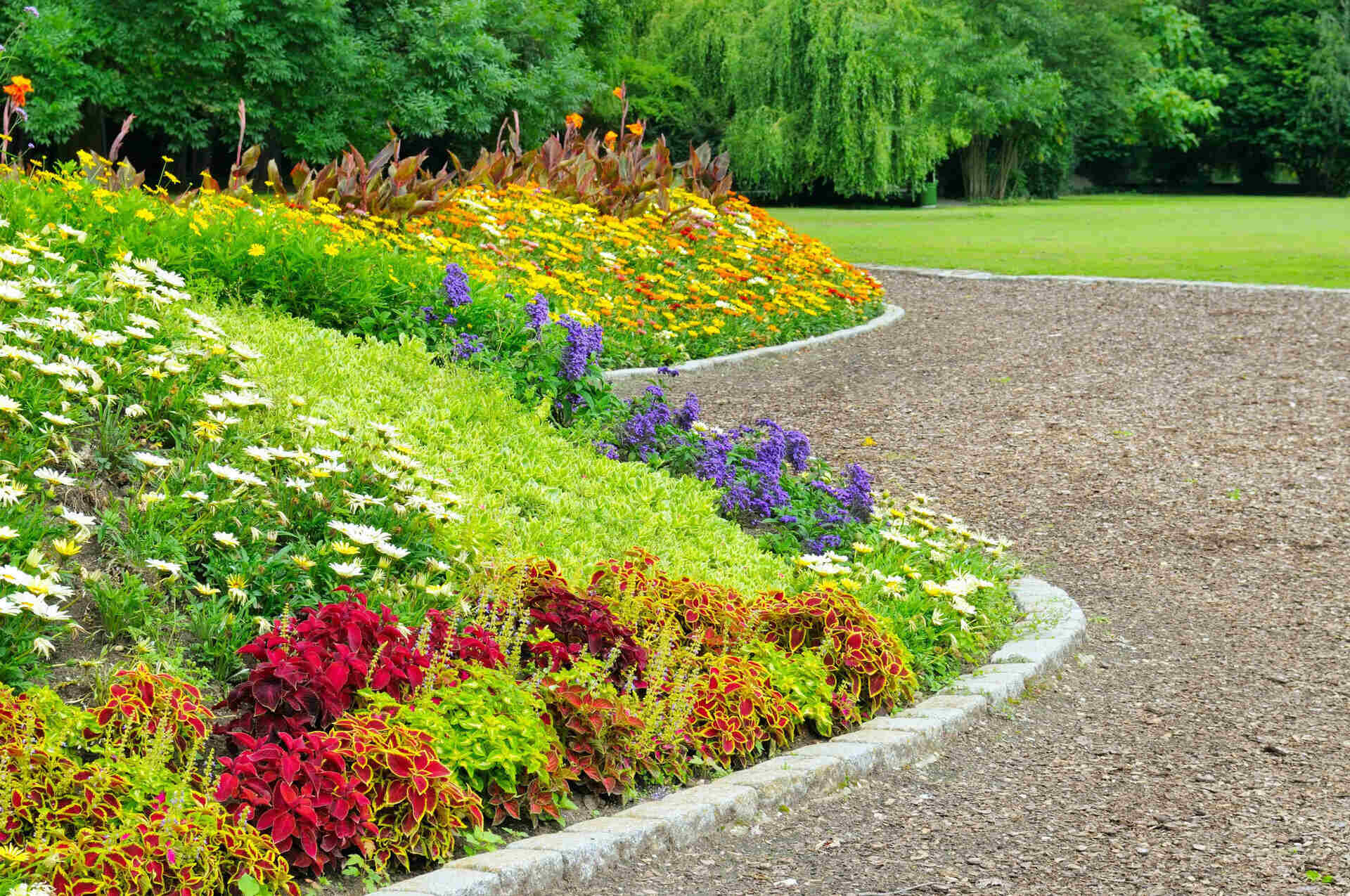

Garden Essentials
How To Start Hillside Ground Cover
Modified: October 28, 2024
Learn how to start a garden hillside ground cover with these easy steps. Transform your outdoor space into a lush and vibrant landscape.
(Many of the links in this article redirect to a specific reviewed product. Your purchase of these products through affiliate links helps to generate commission for Storables.com, at no extra cost. Learn more)
Introduction
Ground covers play a vital role in landscaping, providing an array of benefits such as erosion control, weed suppression, and aesthetic appeal. When it comes to hillside gardening, selecting the right ground cover becomes even more crucial. The steep slope of a hillside poses unique challenges that need to be addressed to ensure the success of your ground cover.
In this article, we will guide you through the process of starting a hillside ground cover. From choosing the right plants to caring for them, we’ll cover everything you need to know to create a beautiful and functional landscape on your hillside.
Before we dive into the details, it’s important to understand the significance of hillside ground covers. They not only add visual interest to your landscape but also help prevent erosion by stabilizing the soil, reducing the risk of landslides. Ground covers also act as a natural weed barrier, minimizing the need for excessive manual weeding or chemical herbicides.
Now, let’s explore the steps involved in starting a hillside ground cover.
Key Takeaways:
- Choose ground cover plants suited to your climate and slope conditions, ensuring they thrive with minimal maintenance and water. Consider factors like sun exposure and growth rate for a visually appealing landscape.
- Properly prepare the hillside, mulch effectively, and maintain consistent watering and care to ensure the success of your hillside ground cover. Troubleshoot common issues like erosion and poor drainage for a thriving garden.
Read more: What Is The Best Ground Cover For A Hillside
Choosing the Right Plants
When it comes to selecting plants for a hillside ground cover, there are a few key factors to consider. First and foremost, you need to choose plants that are well-suited to your specific climate and growing conditions. Look for plants that thrive in your region with minimal maintenance and watering requirements.
In addition to climate suitability, consider the characteristics of the plants themselves. Opt for plants with trailing or spreading habits, as they will effectively cover the hillside and prevent soil erosion. Some popular choices for hillside ground covers include creeping thyme, vinca minor, sedum, and creeping juniper. These plants have shallow root systems that help stabilize the soil while providing a lush, green carpet-like effect.
Another important factor to consider is the sun and shade exposure on your hillside. Take note of how much sunlight the area receives throughout the day, as this will determine which plants will thrive. Some ground cover plants prefer full sun, while others thrive in partial shade or full shade. Make sure to choose plants that are compatible with the amount of sunlight available on your hillside.
Additionally, think about the overall height and growth rate of the plants. Select plants that will not outgrow the space available on the hillside or require constant trimming to maintain their desired height. Low-growing plants with a slow to moderate growth rate are ideal for hillside ground covers.
Lastly, consider the aesthetic appeal of the plants. Choose plants that complement the overall theme of your landscape and provide visual interest throughout the year. Look for varieties with attractive foliage or those that produce colorful flowers during the blooming season.
By carefully considering these factors, you can choose the right plants for your hillside ground cover, ensuring a thriving and visually appealing landscape.
Site Preparation
Proper site preparation is essential before starting your hillside ground cover. This step sets the foundation for healthy plant growth and ensures long-term success. Here are some key considerations for site preparation:
1. Soil Assessment: Evaluate the quality and composition of the soil on your hillside. Conduct a soil test to determine its pH level and nutrient content. Ideally, the soil should be well-draining to prevent waterlogging and root rot. If the soil is compacted or heavy, consider amending it with organic matter such as compost or well-rotted manure to improve its texture and fertility.
2. Weed Removal: Clear the hillside of any existing weeds or unwanted vegetation. Remove them manually or use a weed killer, ensuring that it is safe for the environment and nearby plants. Be thorough in this step to minimize competition for resources and create a clean slate for your ground covers.
3. Leveling and Terracing: If your hillside has uneven terrain, consider leveling and terracing the area to create flat planting beds. This helps prevent soil erosion and provides a more stable environment for the ground cover plants. Use a shovel or a small excavator to create terraces and ensure that they are securely built to prevent shifting or collapse.
4. Erosion Control: Implement erosion control measures to stabilize the hillside and prevent soil runoff. Installing erosion control blankets or geotextiles can help anchor the soil and provide a stable surface for planting. These materials aid in retaining moisture, promoting seed germination, and reducing erosion risks during heavy rainfall.
5. Irrigation System: Depending on the slope and accessibility of your hillside, consider installing an irrigation system for efficient watering. Drip irrigation is often the preferred method as it delivers water directly to the plants’ root zones, minimizing runoff and evaporation. Ensure that the irrigation system is set up properly and covers the entire planted area.
6. Safety Measures: Pay attention to safety during site preparation. If the slope is too steep or challenging to work on, consider consulting with professionals who specialize in hillside landscaping. They can provide guidance and implement proper safety measures to protect both you and the environment.
By following these site preparation steps, you can create a stable and suitable environment for your hillside ground cover. This ensures healthy plant growth, reduces maintenance challenges, and promotes the long-term success of your landscape project.
Mulching
Mulching is a crucial step in establishing a hillside ground cover. It not only enhances the visual appeal of your landscape but also provides numerous benefits for plant health and soil conservation. Here’s what you need to know about mulching your hillside:
1. Selecting the Right Mulch: Choose a mulch material that is suitable for your specific needs. Organic mulches such as wood chips, straw, or shredded leaves are excellent choices. They improve soil fertility as they break down over time and provide a natural aesthetic. Inorganic options like gravel or rock mulch can also be used for a more decorative effect. Consider the type of ground cover plants you have selected and their water retention needs when choosing the mulch material.
2. Applying Mulch: Apply a layer of mulch around the base of your ground cover plants, making sure not to cover the stems or foliage. Apply a thickness of 2-4 inches, ensuring that the area around each plant is evenly covered. Avoid creating mulch volcanoes, as excessive mulch can lead to moisture retention issues and root rot.
3. Benefits of Mulching: Mulching offers a range of benefits for hillside ground covers. It helps regulate soil temperature, keeping it cooler in hot weather and warmer in colder months. The layer of mulch acts as a barrier, reducing evaporation and conserving moisture, which is particularly beneficial for hillside plants that may have limited access to water. Mulch also suppresses weed growth by blocking sunlight and preventing weed seeds from germinating. Additionally, it helps prevent soil erosion by reducing the impact of heavy rainfall on the hillside.
4. Maintaining Mulch: Regularly inspect the mulch layer and replenish it as needed. Over time, organic mulches break down, so you may need to add a fresh layer annually or biannually. Ensure that the mulch is spread evenly and does not accumulate around the stems of the ground cover plants, as this can lead to rot or disease. Remove any weeds that manage to grow through the mulch to prevent them from competing with your ground covers.
5. Considerations: While mulching provides numerous benefits, it’s essential to consider the specific needs of your hillside ground cover plants. Some ground covers perform better with a thicker layer of mulch, while others prefer less mulch to allow for better airflow. Additionally, consider the slope of your hillside when applying mulch. On steeper slopes, use biodegradable erosion control blankets beneath the mulch to prevent soil erosion and runoff.
By mulching your hillside ground cover, you create a more conducive environment for plant growth and protect the soil from erosion and moisture loss. This simple step not only enhances the overall beauty of your landscape but also ensures the long-term health and success of your ground cover plants.
Planting
Planting your hillside ground cover correctly is crucial for the success of your landscape project. The following guidelines will help you ensure that your plants thrive and establish a lush, green carpet on your hillside:
1. Timing: Choose the right time to plant your ground cover. The optimal planting time usually depends on the specific plants you have selected. In general, it is recommended to plant in early spring or early fall when the temperatures are moderate and there is enough time for the plants to establish their root systems before the harsh weather of summer or winter arrives.
2. Preparing the Soil: Before planting, prepare the soil by loosening it gently with a garden fork or a small tiller. Remove any rocks, roots, or debris that may hinder root growth. If the soil is compacted, amend it with organic matter like compost to improve drainage and fertility.
3. Plant Spacing: Follow the spacing and planting recommendations provided by the plant’s nursery or label. Proper spacing is important to prevent overcrowding and ensure each plant has enough space to grow and spread. Consider the growth habit and expected spread of the ground cover plants when determining the spacing between them.
4. Digging the Planting Hole: Dig a hole that is slightly wider and slightly deeper than the plant’s root ball or container. Gently remove the plant from its container and gently loosen the root ball to encourage root expansion. Place the plant in the hole, making sure it is positioned at the same depth it was previously planted, with the top of the root ball level with the surrounding soil. Fill the hole with soil, gently firming it around the roots.
5. Watering: Proper watering is essential for plant establishment. After planting, thoroughly water the ground cover plants to settle the soil around the roots and remove any air pockets. Keep the soil moist, but not waterlogged, in the weeks following planting to encourage root growth. Monitor the soil moisture levels regularly and adjust the watering accordingly.
6. Mulching: After planting, apply a layer of mulch around the plants as discussed earlier. Mulch helps retain soil moisture, suppress weeds, and regulate soil temperature, all of which aid in plant establishment and growth.
7. Monitoring and Maintenance: Keep a close eye on your newly planted ground cover. Monitor for signs of stress or disease and take appropriate action if needed. Regularly remove any weeds that may emerge and adjust the watering regimen as the plants become established. Additionally, provide any necessary support or stakes for trailing or vining ground cover plants to ensure they stay in place.
By following these planting guidelines, you will give your hillside ground cover plants the best possible start for a healthy and thriving landscape. Proper planting techniques contribute to the overall success of your project and ensure that your ground cover plants can withstand the challenges posed by a hillside environment.
Choose low-growing, spreading plants like creeping thyme or sedum for hillside ground cover. Plant them close together to prevent erosion and water regularly until established.
Read more: How Do I Start Red Apple Ground Cover
Watering and Maintenance
Proper watering and maintenance are essential to ensure the health and vitality of your hillside ground cover. Here are some guidelines to follow:
1. Watering: Regular and consistent watering is crucial, especially during the establishment phase. Deep watering encourages the development of deep, strong root systems. Aim to water deeply and infrequently, ensuring that the water reaches the roots rather than just wetting the surface. Consider installing a drip irrigation system, soaker hoses, or using a watering wand with a gentle flow to deliver water directly to the root zones of the plants.
2. Monitoring Soil Moisture: Check the soil moisture regularly to ensure that it remains evenly moist. Avoid over-watering, as excessively wet soil can lead to root rot and other water-related issues. Conversely, make sure the soil does not become bone-dry between waterings, as this can stress the plants.
3. Mulch Maintenance: Regularly check the mulch layer around your ground cover plants and replenish it as needed. Keep the mulch layer at a consistent thickness to maximize its benefits, such as moisture retention and weed suppression. Fluff the mulch periodically to prevent matting and improve airflow to the soil.
4. Fertilization: Feed your hillside ground cover plants with a slow-release, balanced fertilizer once or twice a year to provide supplemental nutrients. Choose a fertilizer specifically formulated for ground covers and follow the instructions provided. Avoid over-fertilizing, as this can lead to excessive growth or damage to the plants.
5. Weed Control: Regularly inspect your ground cover area and remove any weeds that may emerge. Weeds compete with your plants for nutrients, moisture, and sunlight, hindering their growth. Hand-pull weeds carefully to avoid damaging the surrounding ground cover plants, or use a selective herbicide if necessary. Mulching helps to suppress weed growth, but some persistent weeds may still need manual intervention.
6. Seasonal Maintenance: Perform routine maintenance tasks throughout the year to keep your hillside ground cover in top condition. This may include pruning or trimming to maintain the desired shape and prevent overgrowth. Watch for any signs of pests or diseases, and take appropriate action promptly to prevent further damage. Remove any dead or diseased foliage to keep the plants healthy and aesthetically pleasing.
7. Regular Inspections: Take the time to regularly inspect your hillside ground cover area for any signs of stress, disease, or damage. Promptly address any issues that arise to prevent them from spreading or worsening. Regular inspections also allow you to keep an eye on the overall health and appearance of your ground cover plants.
By following these watering and maintenance guidelines, you can ensure that your hillside ground cover remains healthy, vibrant, and visually appealing. Proper care and maintenance will help your plants thrive and create a beautiful landscape on your hillside.
Controlling Weeds
Weeds can quickly invade and overtake your hillside ground cover if left unchecked. Controlling weeds is crucial to ensure that your ground cover plants have the resources they need to thrive. Here are some effective ways to keep weeds at bay:
1. Mulching: Mulching is one of the most effective methods of weed control. Apply a layer of organic mulch around your ground cover plants, ensuring that it is thick enough to suppress weed growth. The mulch acts as a barrier, blocking sunlight and preventing weed seeds from germinating. As the mulch breaks down, it also enriches the soil and adds further weed suppression benefits.
2. Hand-Pulling: Regularly inspect your ground cover area and hand-pull any weeds that emerge. It is important to remove weeds as soon as possible before they have a chance to spread and establish deep root systems. Make sure to pull weeds from the root to prevent regrowth. Hand-pulling works best for small to moderate weed infestations, but it can be time-consuming for larger areas.
3. Weed Barrier Fabric: Consider using weed barrier fabric to further suppress weed growth and provide additional protection for your ground cover plants. Weed barrier fabric is a permeable material that allows water and nutrients to reach the soil while preventing weeds from penetrating. Before laying the fabric, remove existing weeds and ensure that the area is clean and level. Anchor the fabric securely and cut slits or X-shaped openings to plant your ground cover plants.
4. Herbicides: If manual methods are not effective or feasible, herbicides can be used as a last resort. Selective herbicides are available that target specific weed types while minimizing harm to the surrounding ground cover plants. Carefully read and follow the instructions provided when using herbicides, and consider consulting with a professional if you are unsure about proper application.
5. Regular Maintenance: Stay vigilant with regular upkeep and maintenance of your hillside ground cover area. This includes routine inspections to identify and address weed issues promptly. Regularly monitor the area for new weed growth and take immediate action to prevent weeds from spreading and competing with your ground cover plants.
6. Preventing Weed Seed Spread: Preventing the spread of weed seeds is essential in controlling weed growth. Remove any mature weeds before they produce seeds, as this will prevent the weed population from multiplying. Be cautious when working in the garden to avoid spreading weed seeds inadvertently. Clean gardening tools and equipment after use, and avoid introducing weed-contaminated soil or plants into your hillside ground cover area.
By implementing these weed control measures and staying proactive in your maintenance efforts, you can significantly reduce weed growth and maintain a clean and thriving hillside ground cover area. Regular attention to weed control ensures that your ground cover plants have the space, resources, and optimal growing conditions to flourish and create a beautiful landscape.
Pruning and Trimming
Pruning and trimming are essential maintenance tasks for keeping your hillside ground cover in optimal health and appearance. Regularly pruning and trimming your plants will help maintain their shape, control their growth, and promote overall vigor. Here are some key points to consider when pruning and trimming your hillside ground cover:
1. Timing: Timing is crucial when it comes to pruning and trimming your ground cover plants. Generally, it is best to prune and trim after the flowering season to avoid cutting off buds or flowers. However, different plant species may have specific pruning requirements, so it is important to research and understand the timing and techniques suitable for each type of ground cover you have.
2. Tools: Invest in the right tools for the job. For small to medium-sized ground cover plants, handheld pruning shears or hedge trimmers are usually adequate. However, larger or more established ground cover plants may require the use of loppers or even a chainsaw for thicker branches. Ensure that your tools are sharp and clean to make clean and precise cuts, reducing the risk of damaging the plants.
3. Removing Dead or Diseased Foliage: Regularly inspect your ground cover plants and remove any dead, diseased, or damaged foliage. This helps maintain the plant’s overall health and appearance and prevents the spread of diseases or pests. Use pruning shears to make clean cuts just above a healthy bud or branch junction, avoiding leaving stubs that can invite disease or pests.
4. Controlling Overgrowth: Ground cover plants can sometimes become overly aggressive and begin to encroach on neighboring plants or areas. Pruning and trimming can help control this overgrowth and prevent the ground cover from spreading where it’s not desired. Trim back any runners or vines that are extending beyond their intended area, ensuring that the plants remain within their designated boundaries.
5. Shaping and Structuring: Pruning and trimming can also be utilized to shape and structure your ground cover plants. This is especially important if you’re aiming for a specific design or aesthetic in your landscape. Regularly trim back any straggly or uneven growth to maintain a neat and uniform appearance. Consider using natural contours or terracing on the hillside to create distinct boundaries for your ground cover plants.
6. Readjusting Height: Some ground cover plants may have a tendency to grow taller than desired. In these cases, trimming can be used to adjust the height and prevent the ground cover from becoming too leggy or unruly. Use caution and refer to specific plant recommendations to ensure you’re not removing an excessive amount of foliage or compromising the plant’s health.
7. Safety First: When pruning and trimming on a hillside, always prioritize safety. Wear appropriate protective gear such as gloves and safety glasses. Take caution when working on slopes and uneven terrain to avoid slips or falls. If the slope is too steep or difficult to safely navigate, consider hiring a professional landscaper or arborist who has the expertise and tools to handle the job safely.
By following proper pruning and trimming techniques, you can keep your hillside ground cover plants looking their best while maintaining their health and vitality. Regular maintenance in the form of pruning and trimming will help promote the growth of new foliage and ensure that your hillside ground cover remains a visually stunning and well-structured landscape element.
Troubleshooting Common Issues
While hillside gardening with ground cover plants can be rewarding, it may also come with some common challenges. Understanding and troubleshooting these issues will help you maintain a healthy and thriving hillside ground cover. Here are some common issues you may encounter and how to address them:
1. Erosion: Hillside gardens are prone to erosion due to the slope and rainfall. To prevent erosion, ensure there is adequate ground cover and vegetation. Consider using erosion control blankets or geotextiles beneath the ground cover plants to stabilize the soil. Terracing the slope can also help slow down water runoff and prevent excessive erosion.
2. Poor Drainage: If you notice standing water or overly wet soil on your hillside, it may be an indication of poor drainage. Compacted soil or improper grading could be the cause. To improve drainage, amend the soil with organic matter to enhance its structure, or consider installing drainage channels or pipes to redirect excess water away from the hillside.
3. Flooding and Runoff: Heavy rainfall on a hillside can lead to flooding and runoff. To mitigate these issues, create channels or swales to redirect water away from vulnerable areas. Incorporate retaining walls or terracing to slow down the flow of water and prevent excessive runoff. Plant deep-rooted ground cover species to aid in water absorption and stabilization.
4. Nutrient Deficiencies: Hillside soil may be nutrient-poor, resulting in nutrient deficiencies in your ground cover plants. Regularly monitor the health of your plants and look for signs of nutrient deficiencies, such as yellowing leaves or stunted growth. Address this issue by applying a slow-release, balanced fertilizer that is suitable for your ground cover plants and follow the recommended application rate.
5. Pests and Diseases: Just like any other garden, hillside ground covers can be susceptible to pests and diseases. Keep a watchful eye for common pests such as aphids, snails, or slugs, and take appropriate actions to prevent or control their infestation. Ensure proper air circulation and avoid overwatering to minimize the risk of fungal diseases. If necessary, use organic insecticides or fungicides to treat the problem, following instructions carefully.
6. Plant Competition: Even though ground cover plants are meant to suppress weed growth, they can still face competition from invasive grasses or aggressive nearby plants. Regularly inspect the area to remove any unwanted plant growth or encroaching species. Be cautious when using herbicides, as they can affect both the ground cover plants and the undesirable plants.
7. Drought Stress: Depending on your region and climate, hillside gardens may experience drought conditions, which can stress your ground cover plants. To mitigate this, provide regular and deep watering during dry periods. Consider mulching to conserve moisture and provide a protective layer over the soil. Select drought-tolerant ground cover plants that are well-suited to your specific climate.
By troubleshooting these common issues and taking appropriate measures, you can overcome the challenges associated with hillside gardening and maintain a vibrant and healthy ground cover. Remember to observe your plants closely, respond promptly to any signs of trouble, and make necessary adjustments to create an environment that supports the long-term success of your hillside ground cover.
Read more: How To Care For Dichondra Ground Cover
Conclusion
Gardening on a hillside can present unique challenges, but with the right knowledge and approach, you can create a stunning and functional landscape with ground cover plants. Whether you’re aiming to control erosion, enhance the beauty of your landscape, or create an inviting outdoor space, starting a hillside ground cover is an excellent choice. By following the steps outlined in this article, you can ensure the success of your project and enjoy the benefits of a thriving hillside ground cover.
From choosing the right plants suited to your climate and slope conditions, to preparing the site and mulching effectively, every step is essential in creating a stable and healthy environment for your ground cover. Additionally, diligent watering and maintenance practices, along with proper pruning and weed control, will contribute to the long-term beauty and sustainability of your hillside garden.
Remember to pay attention to the specific needs of your ground cover plants, monitor their health, and adjust your care accordingly. Troubleshoot common issues such as erosion, poor drainage, pests, and diseases to minimize their impact on your hillside ground cover. By staying proactive, observant, and responsive, you can create an inviting and visually pleasing landscape that thrives on your hillside.
Gardening on a hillside can be challenging, but the rewards are well worth it. The combination of lush ground cover plants, the beauty of the slope, and the environmental benefits of soil stabilization and weed suppression make for a truly captivating landscape. So, roll up your sleeves, embrace the challenge, and bring the beauty of a hillside ground cover to life in your garden.
Now that you've got the scoop on starting hillside ground covers, why not spruce up your garden's boundaries with some creative ideas? For those who love a bit of charm around their plot, our guide on unique garden fence designs offers plenty of inspiration. And if you're keen on enhancing your ground coverage, our detailed look at top ground cover plants provides valuable insights to ensure your gardening success. Both pieces are packed with tips to help your garden flourish.
Frequently Asked Questions about How To Start Hillside Ground Cover
Was this page helpful?
At Storables.com, we guarantee accurate and reliable information. Our content, validated by Expert Board Contributors, is crafted following stringent Editorial Policies. We're committed to providing you with well-researched, expert-backed insights for all your informational needs.
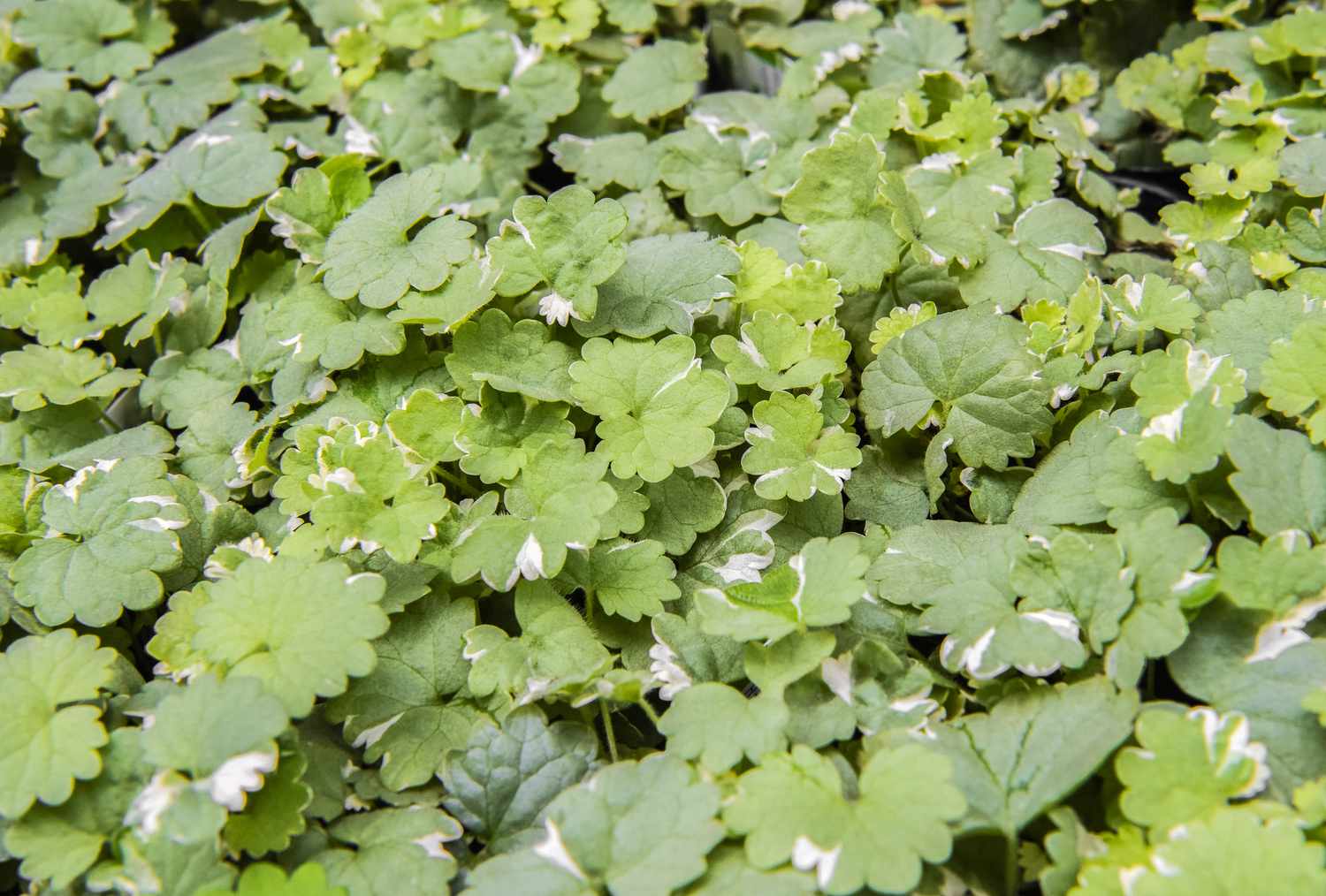
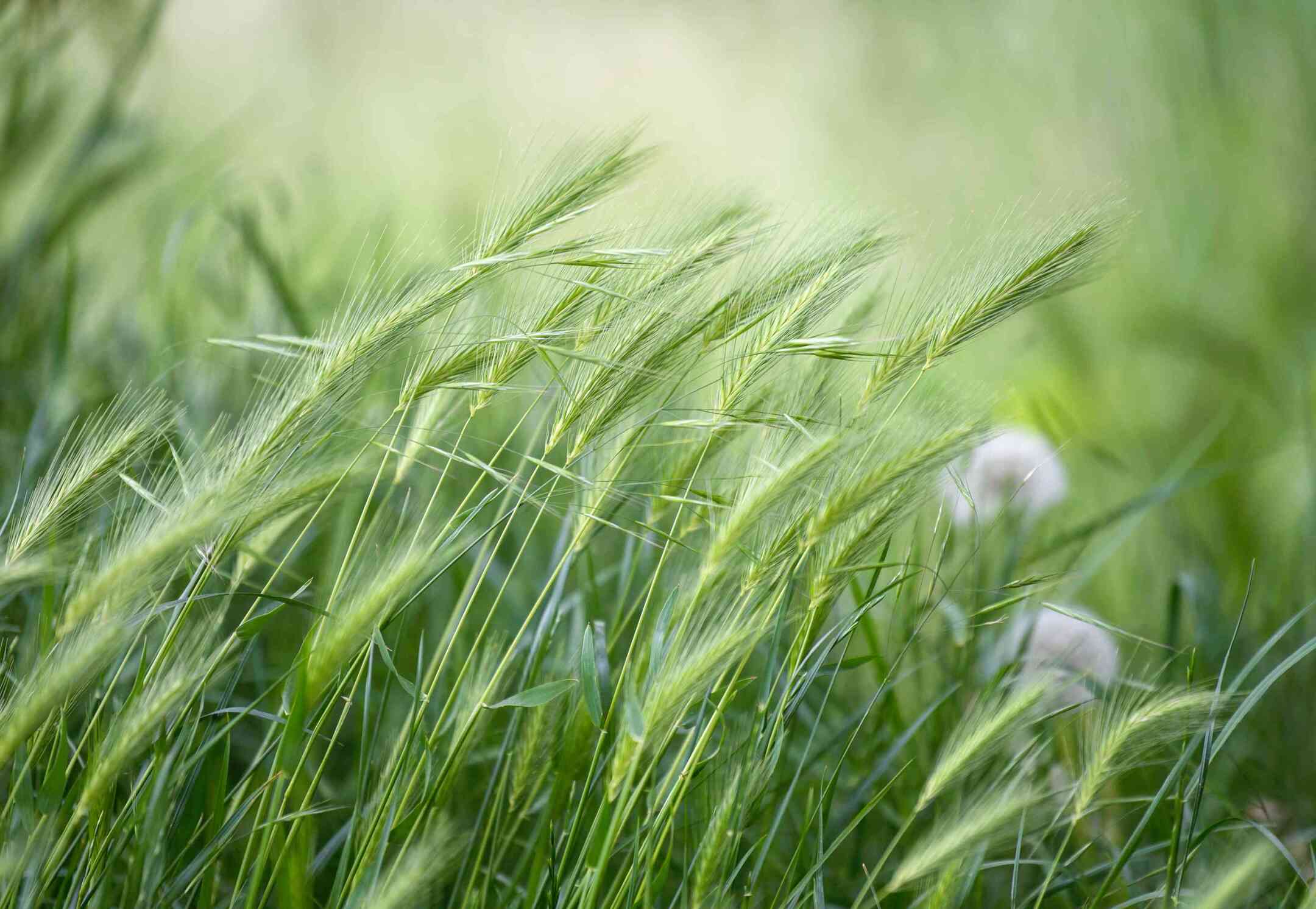
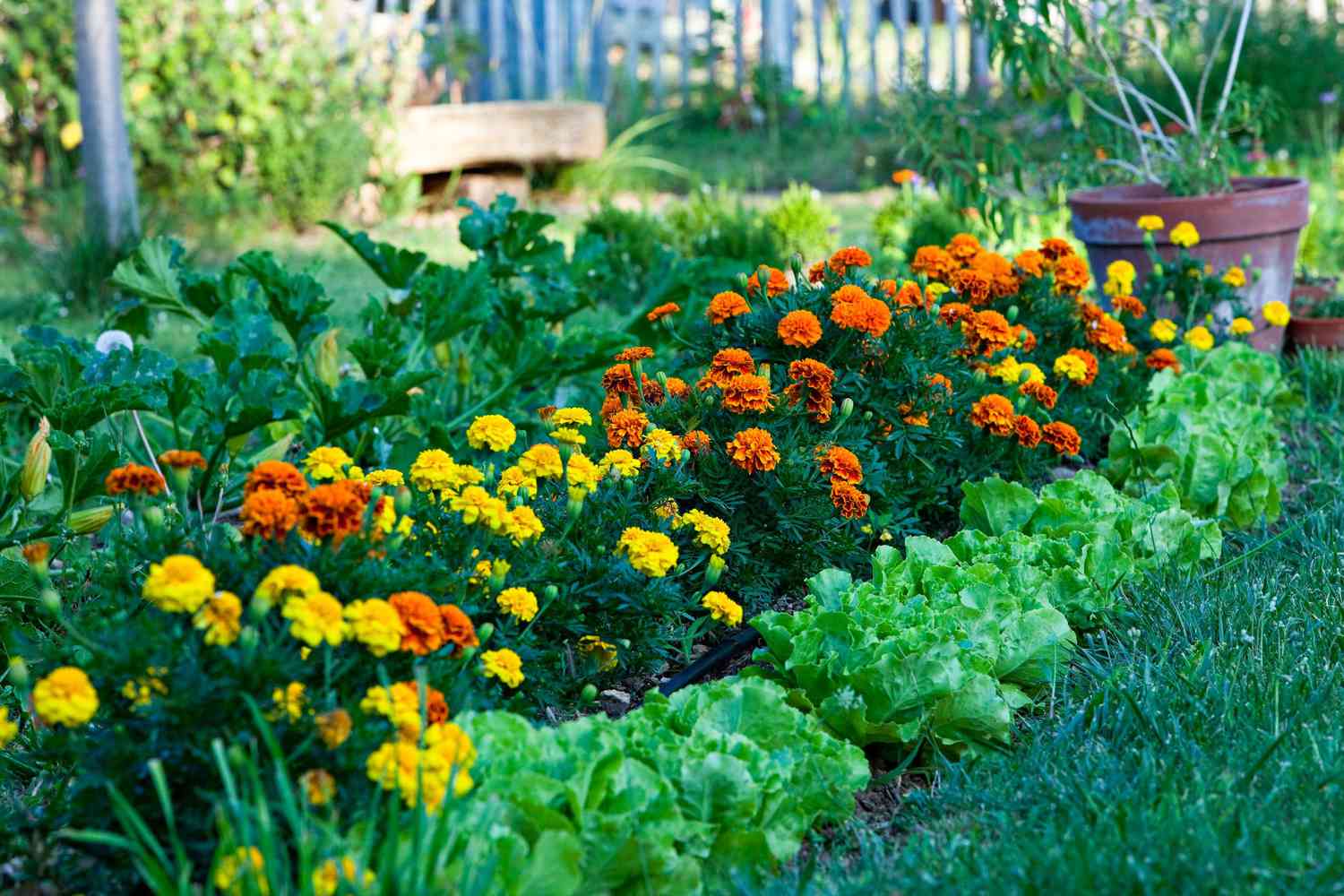

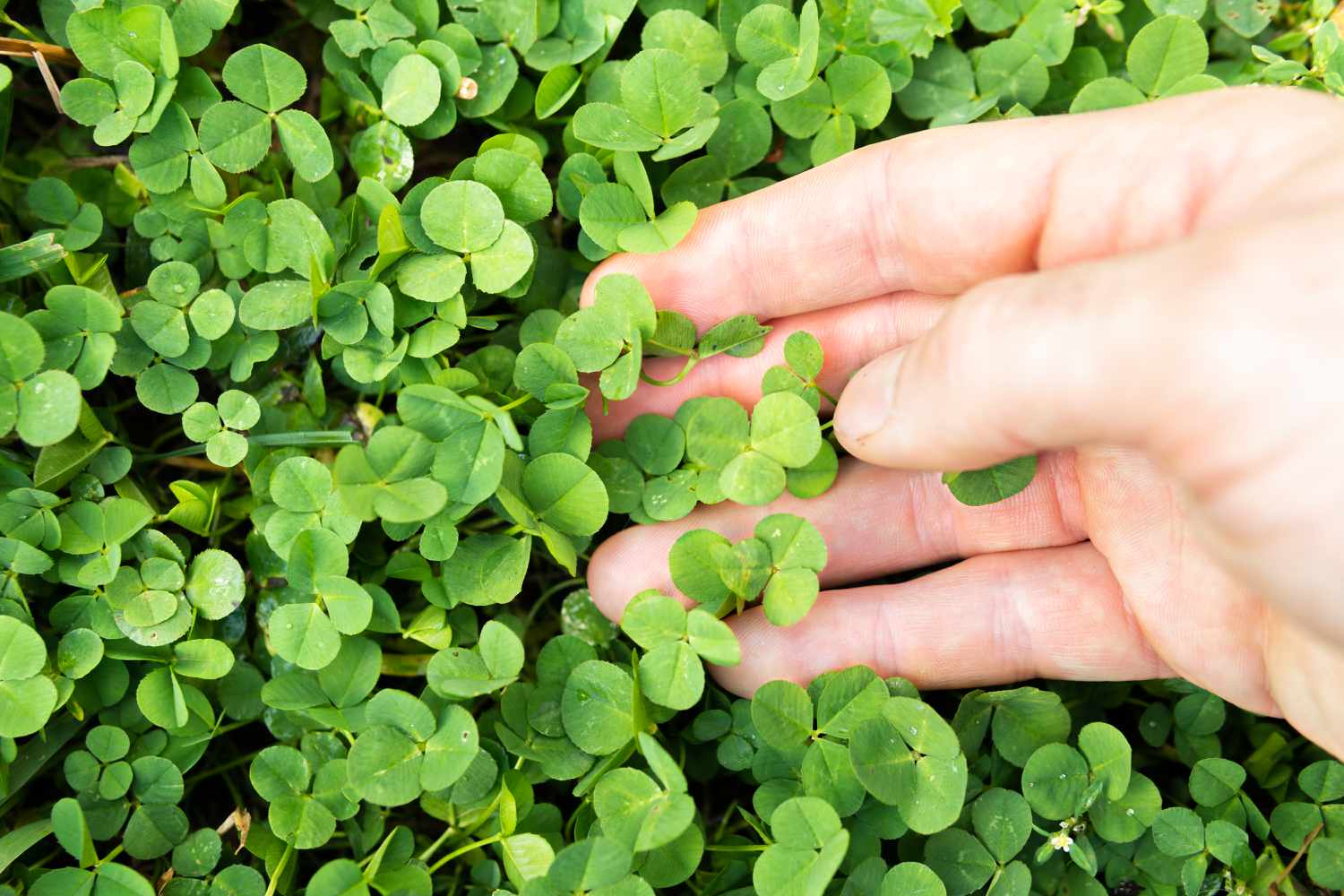
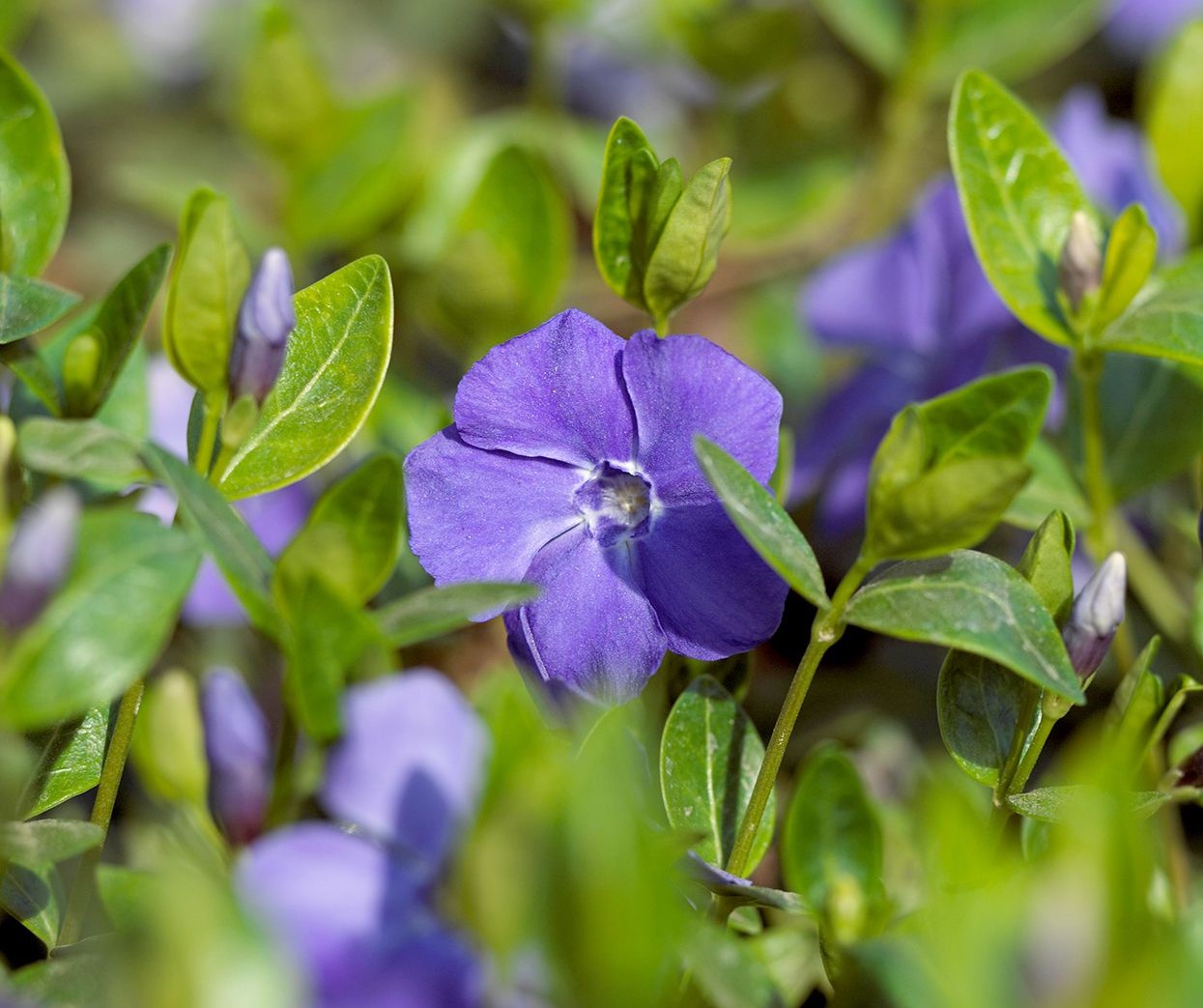
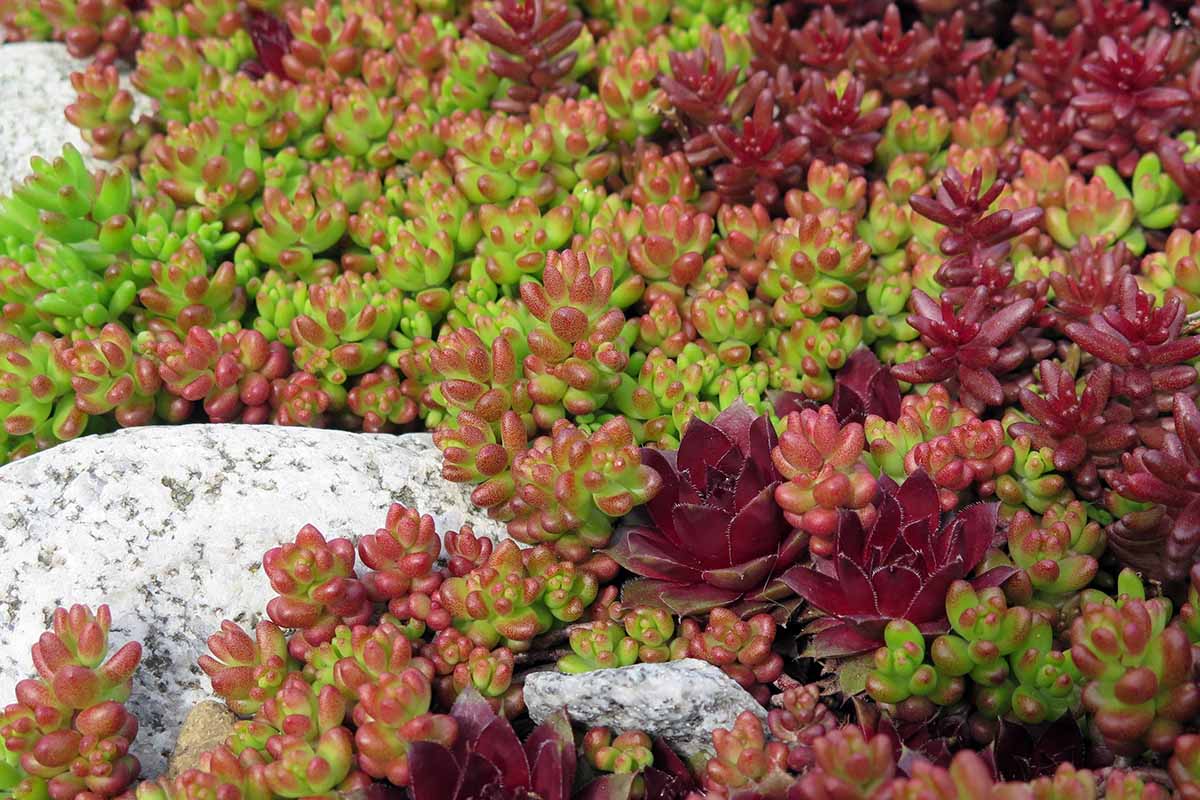
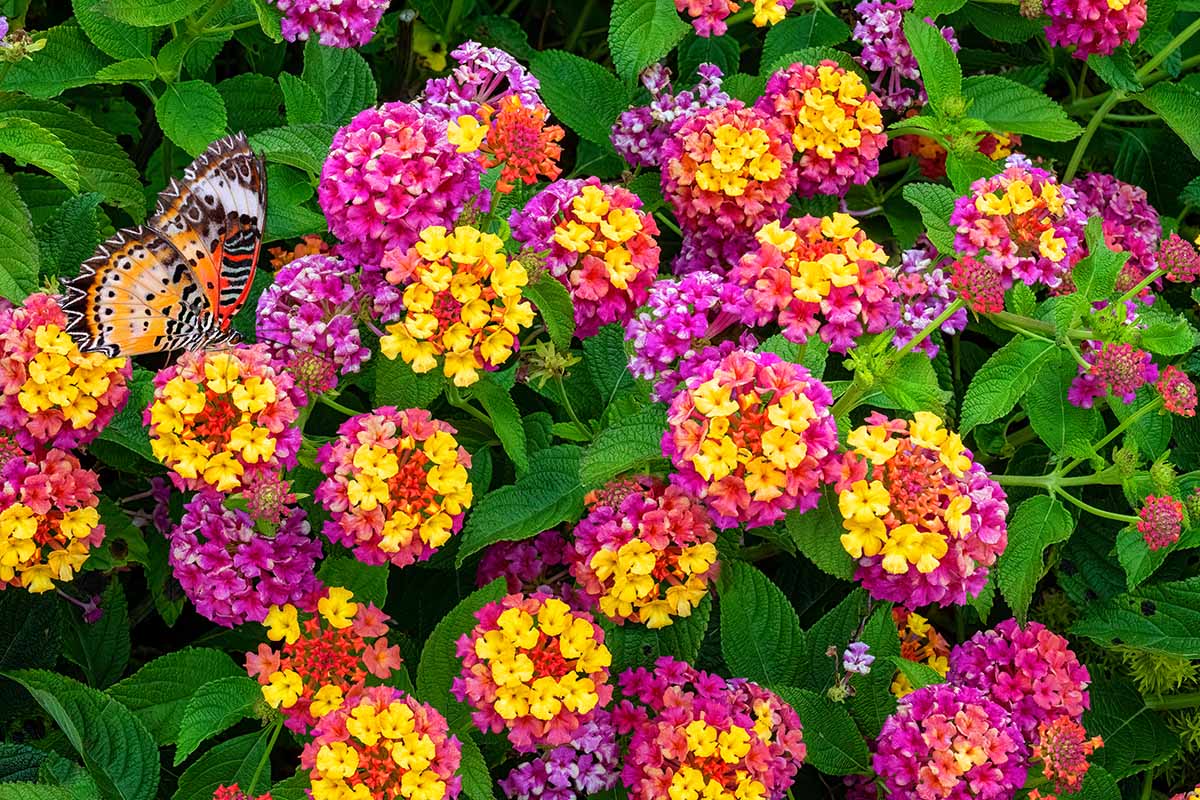
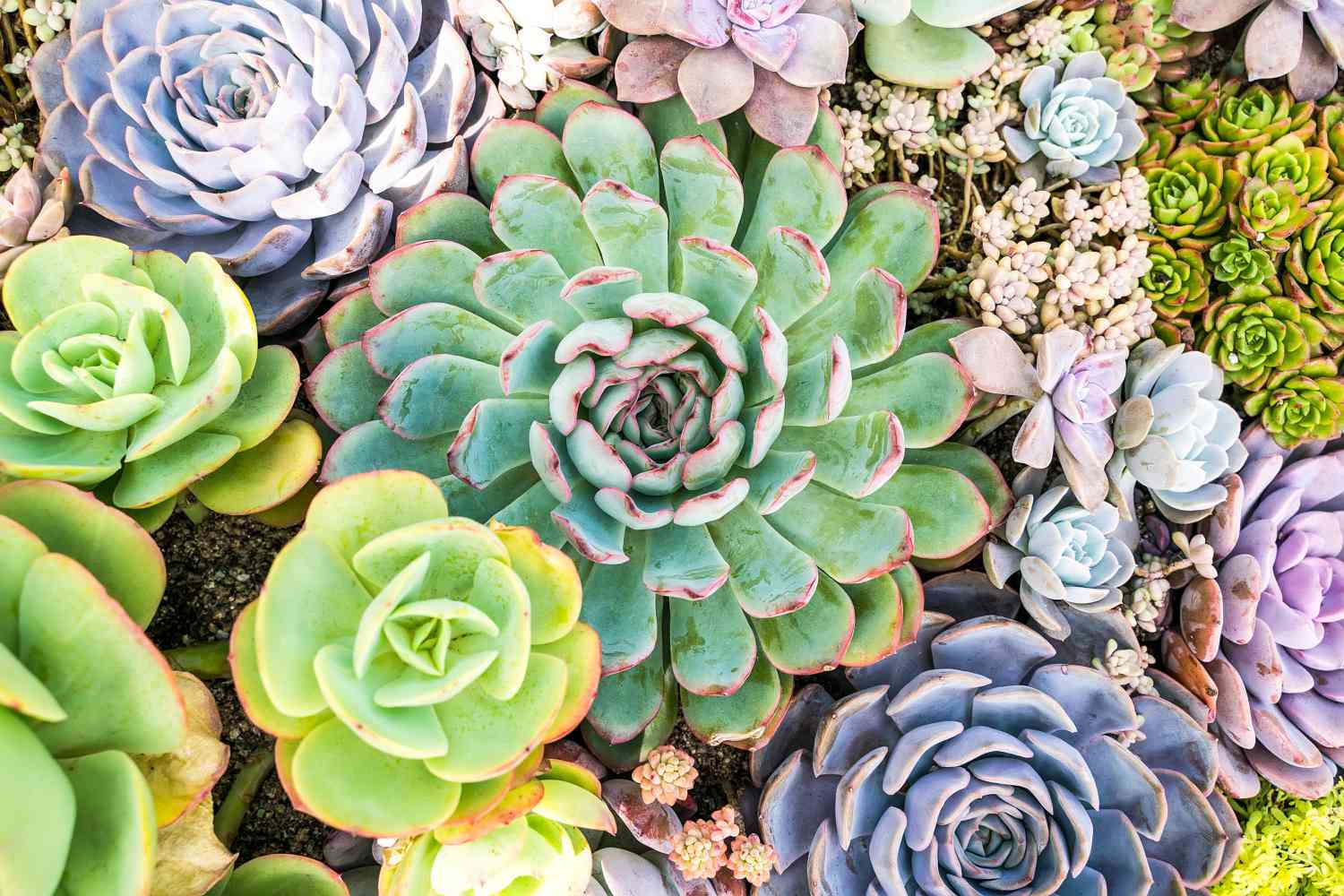
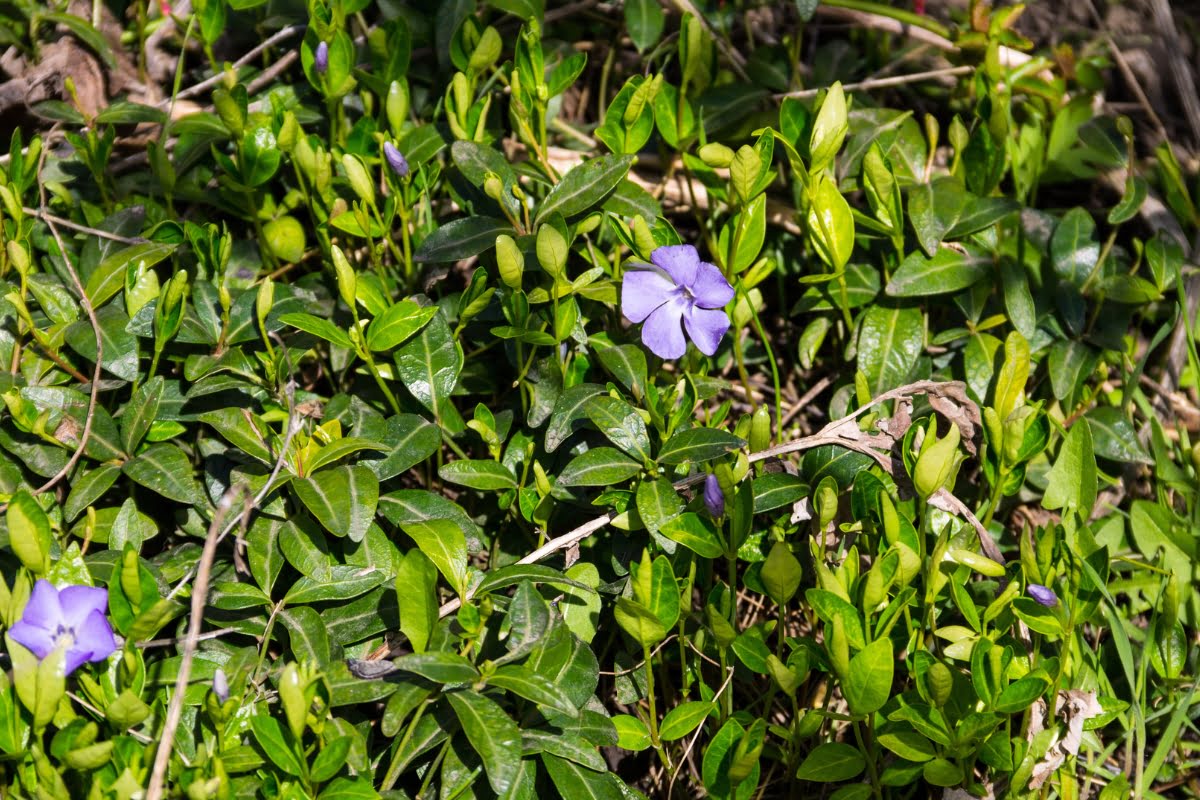
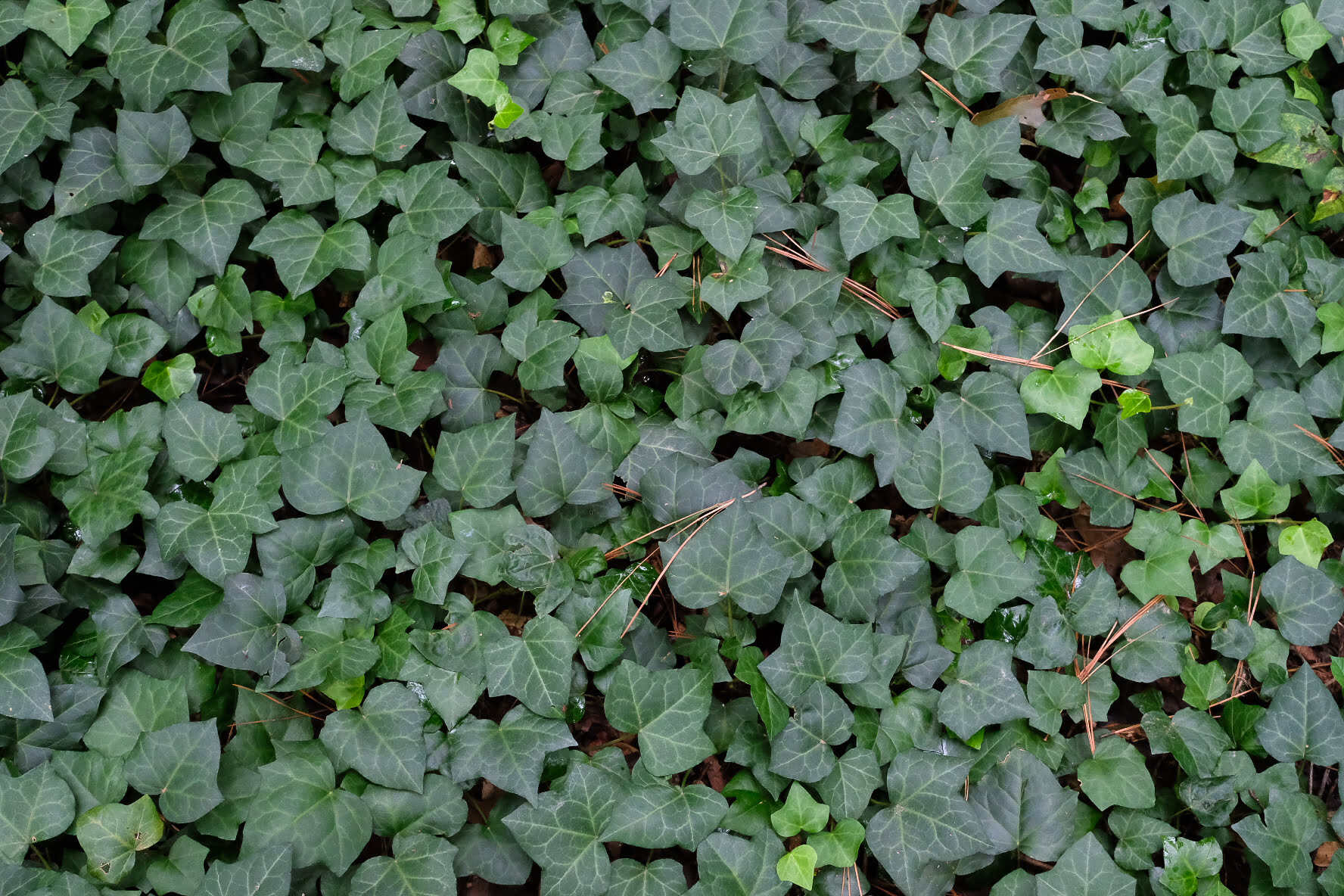
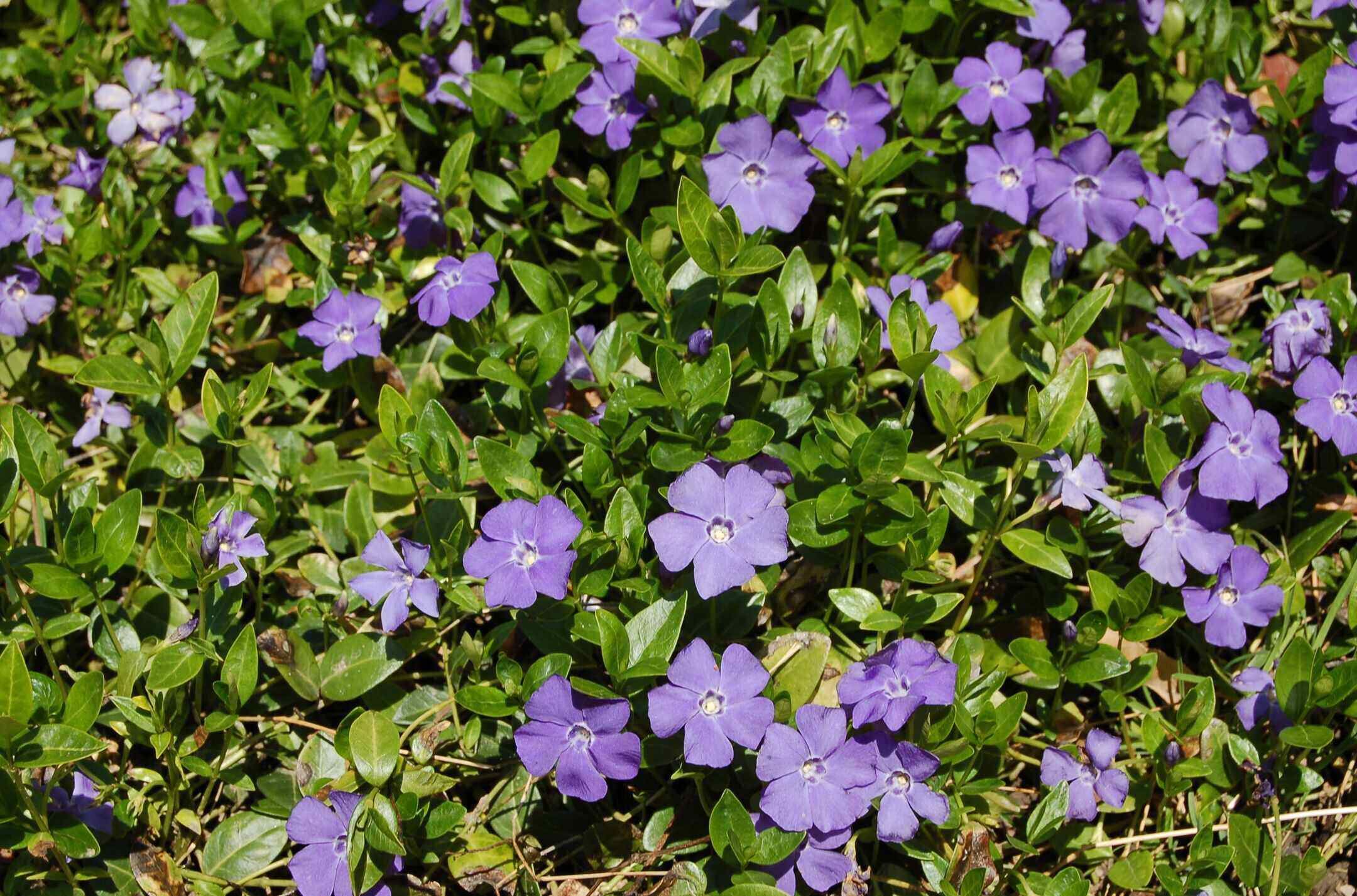
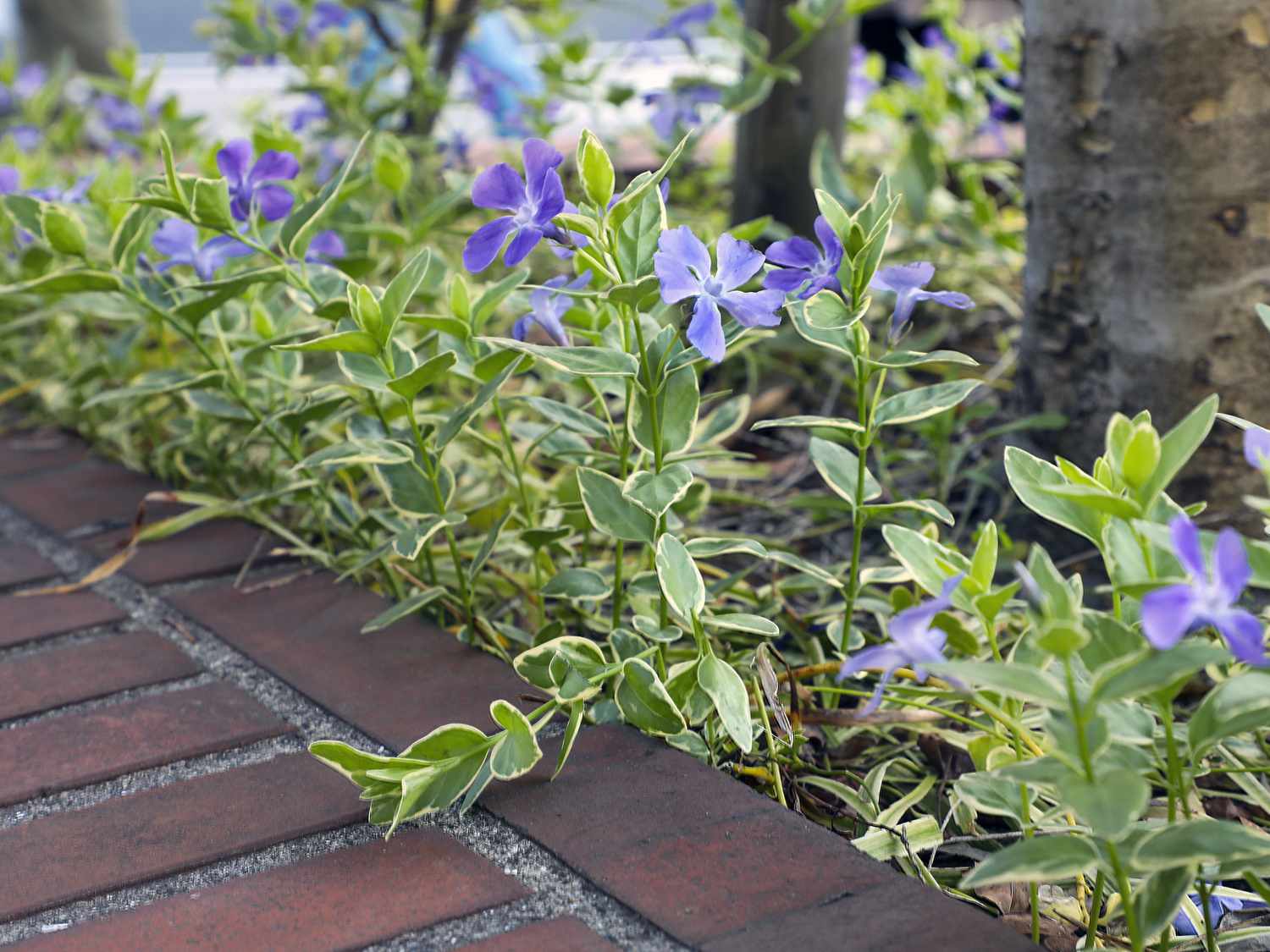

0 thoughts on “How To Start Hillside Ground Cover”